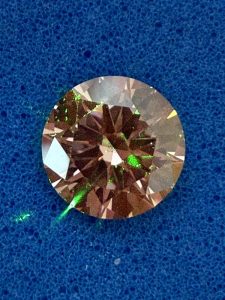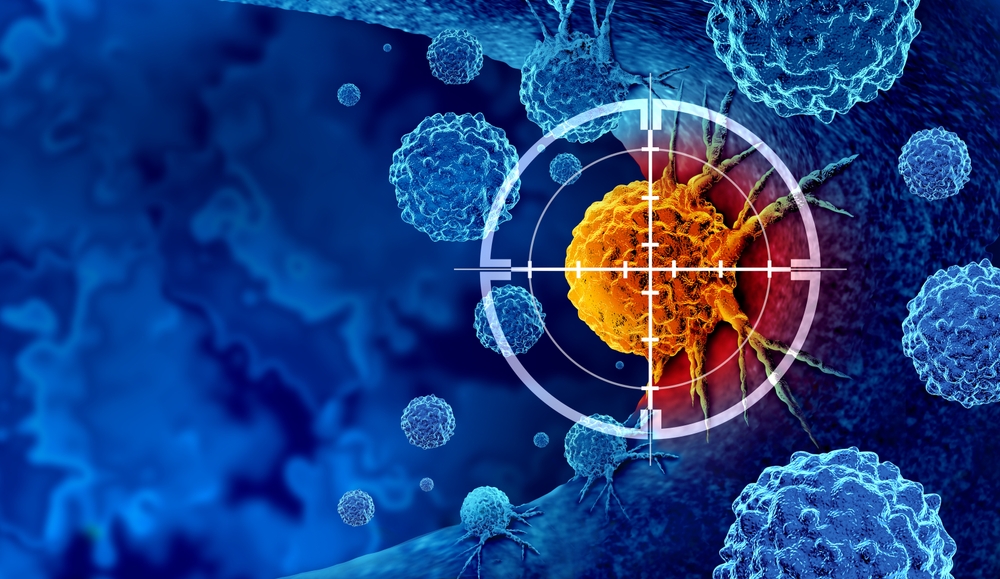Researchers at Warwick University have launched diamond-based magnetic field sensors that promise to revolutionize cancer detection and treatment.
This compact, ultra-sensitive device is designed to track magnetic fluids injected into the body, allowing surgeons to identify tumors and track cancer spread more accurately.
One of the biggest challenges in cancer diagnosis is identifying the tumor when it metastasizes. It often spreads from its original site to other organs through the lymphatic system.
Detecting whether cancer cells remain in the lymph nodes is important to planning effective treatments. However, current methods rely heavily on radioactive tracers or dyes, each being limited.
Diamonds at the heart of the breakthrough
The Warwick team’s innovation is to take advantage of the unique properties of diamonds. These crystals contain nitrogen vacancy centers. It is a defect that can sense small changes in the magnetic field.
This property allows diamond-based magnetic field sensors to detect magnetic tracer fluids made from iron oxide nanoparticles. When injected into the tumor, the tracer fluid migrates to the lymph nodes, reflecting the pathways of cancer cells migrating.
By identifying where this fluid accumulates, magnetic field sensors help surgeons identify which lymph nodes need to be removed, reducing the risk of cancer spread while saving healthy tissue.
Compact, safe, surgical
Unlike bulky equipment and radioactive tracers, Warwick’s diamond devices are small enough for keyholes and endoscopic surgery.
The sensor head, which is only 10 mm, has 0.5mm³ diamonds and a small one

Permanent magnet. This streamlined design eliminates the need for heavy electronics and makes it portable and practical for clinical use.
Importantly, the system is non-toxic and non-durable, avoiding the risks associated with traditional methods.
Although radioactive tracers require strict handling and are not available in all hospitals, blue dyes can cause an allergic reaction in a small portion of the patient.
Diamond sensors avoid both issues and offer a safer alternative without compromising accuracy.
Sensitivity to set new standards
One of the outstanding features of the Warwick magnetic field sensor is its extraordinary sensitivity.
It can detect only one-hundredth of the typical clinical dose of magnetic tracer fluid, giving clinicians a much more flexibility in how they approach tumor mapping.
This sensitivity is expected to improve further as quantum sensing technology advances.
Wideer applications beyond breast cancer
The current focus is on breast cancer surgery, but this technique can be extensive.
The same approach can be applied to lung, liver, colorectal and esophageal cancers, offering new hopes for early detection and targeted treatment across multiple tumor types.
Researchers also believe that diamond magnetic field sensors can expand beyond drugs. Diamonds respond to very small shifts in magnetic fields and may one day be used to monitor spacecraft navigation or fusion power systems.
Cancer Treatment Game Changer
The development of this diamond-based sensor is a major step forward in non-invasive cancer diagnosis.
By replacing radioactive tracers and allergic dyes with safe, accurate, handheld devices, Warwick’s innovation could reconstruct the way surgeons track tumors and stop the spread of cancer.
With clinician support already behind it and further research ongoing, the technology could soon move from laboratory breakthroughs to standard hospital practice, potentially transforming outcomes for cancer patients around the world.
Source link

